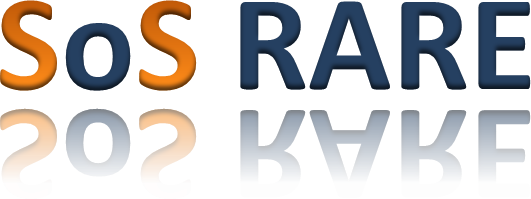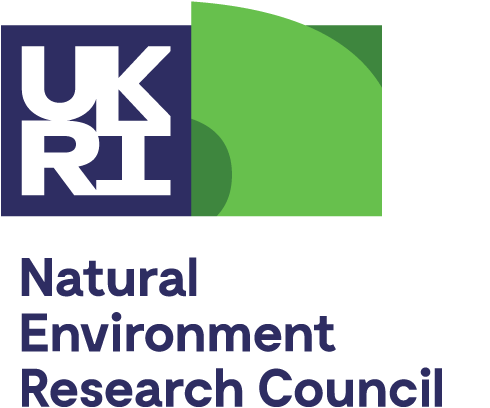London Called, May 2018
Exiting Liverpool Street station during morning rush hour reminded me why I'm glad I don't work in London any more. Taking a deep breath, I wove my way through the crowds and headed towards the Thames, stopping for a cheeky pastry. Arriving at the river brought a welcome change of pace and my destination, Old Billingsgate Market for London Calling 2018 (23rd to 25th May). I was a little early but the coffee was ready and there were more pastries on offer. After sitting down, I was joined by Jonas, an oncologist from Sweden, and three days of me being fascinated, enthralled and confused begun.
So, what is London Calling and why is SoS RARE here? London Calling is organised by Oxford Nanopore, a company that produces DNA sequencing technology by pulling a single DNA strand through a very small 'nano' pore. Changes in the signal across the pore can be detected by the membrane that the pores are embedded in, and these changes correspond to the sequence of DNA that is in the pore at the time. The BGS bought one of Oxford Nanopore's smaller sequencers, the MinION, last year to help characterise the microbiological community in the laterite samples collected in Brazil and Madagascar for SoS RARE. Having tried a few sequencing runs on the MinION with varied success, the timing of the London Calling workshop seemed too perfect an opportunity to miss. This allowed me three days to glean knowledge from employees of Oxford Nanopore and the wider community that has been involved in the development of the technology. I also learnt about the range of applications of sequencing and the future hopes of the company and community.
Day one was the pre-meeting workshop with sessions on how to load your DNA sample onto the MinION flow cell, data analysis and the long and arduous journey that Oxford Nanopore and its early adopters have taken to get to a reliable, effective product. Days two and three consisted of the meeting itself and from very early on I could tell it was not the standard conference that I was used to. The first hint was that the speakers had walk on music, with the CEO using the Arctic Monkeys – apparently his original choice of the Clash was too old school for most of Oxford Nanopore's employees. Before attending the meeting, I was prepared for an emphasis on human biology so was relieved to find a focused group on environmental analysis with varied applications including shark detection.
Along with attending talks I was able to speak to many of the Oxford Nanopore employees who were at the event, with the hope of answering two questions. How do you get DNA out of clay? and how do you sequence low concentrations of DNA? Although neither of these questions could be answered simply I was able to gather ideas and make contacts, as apparently I am their "perfect customer", as I only have a basic understanding of DNA sequencing technology and am not a member of a large department with software developers to support data handling. This meeting has renewed my enthusiasm for DNA sequencing and will enable analysis of the laterite samples. In the longer term I hope to be able to work with Oxford Nanopore on their low DNA input and "enable the analysis of any living thing, by any person, in any environment."
Megan Barnett, May 2018






